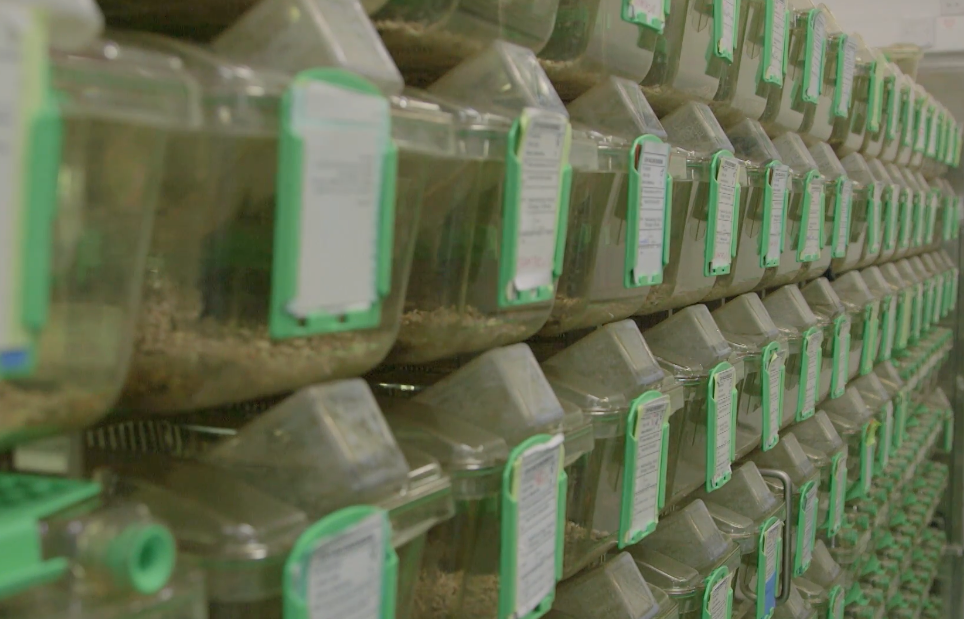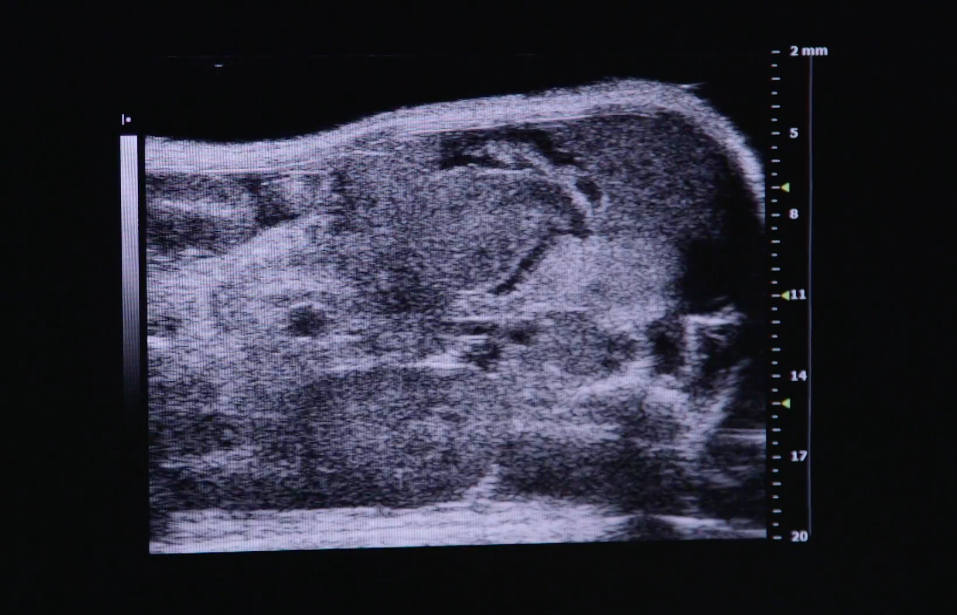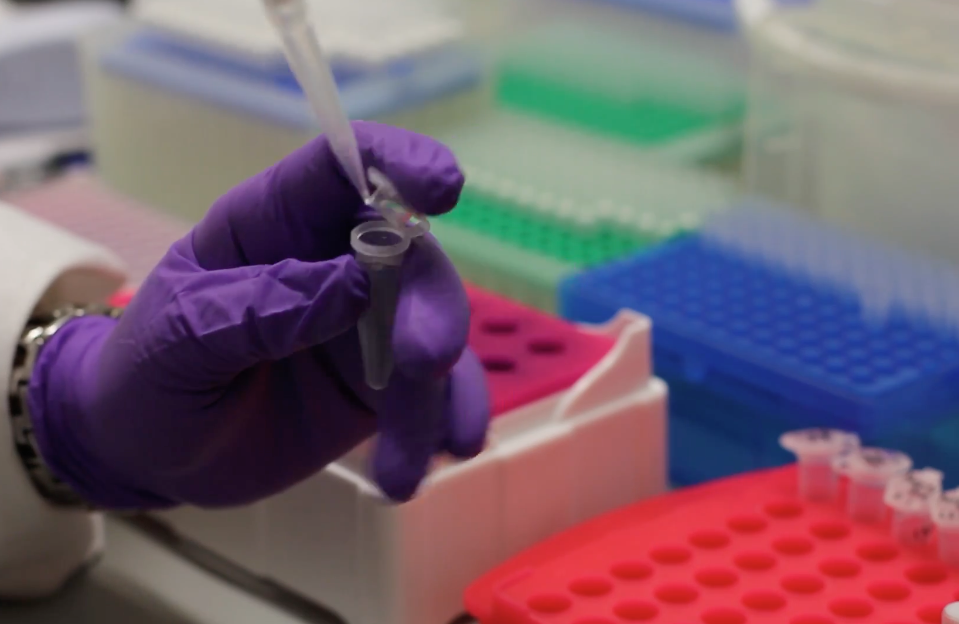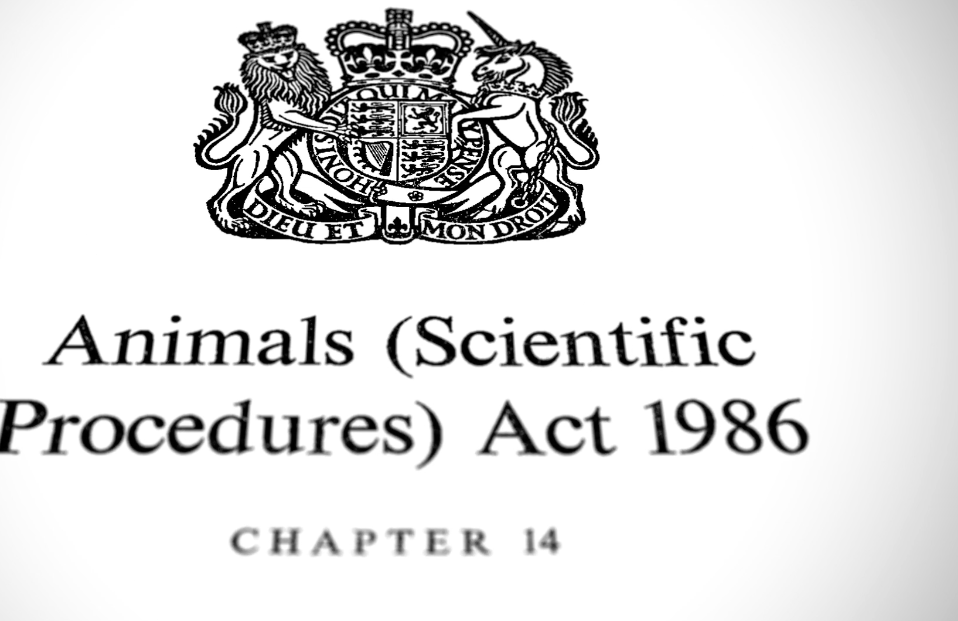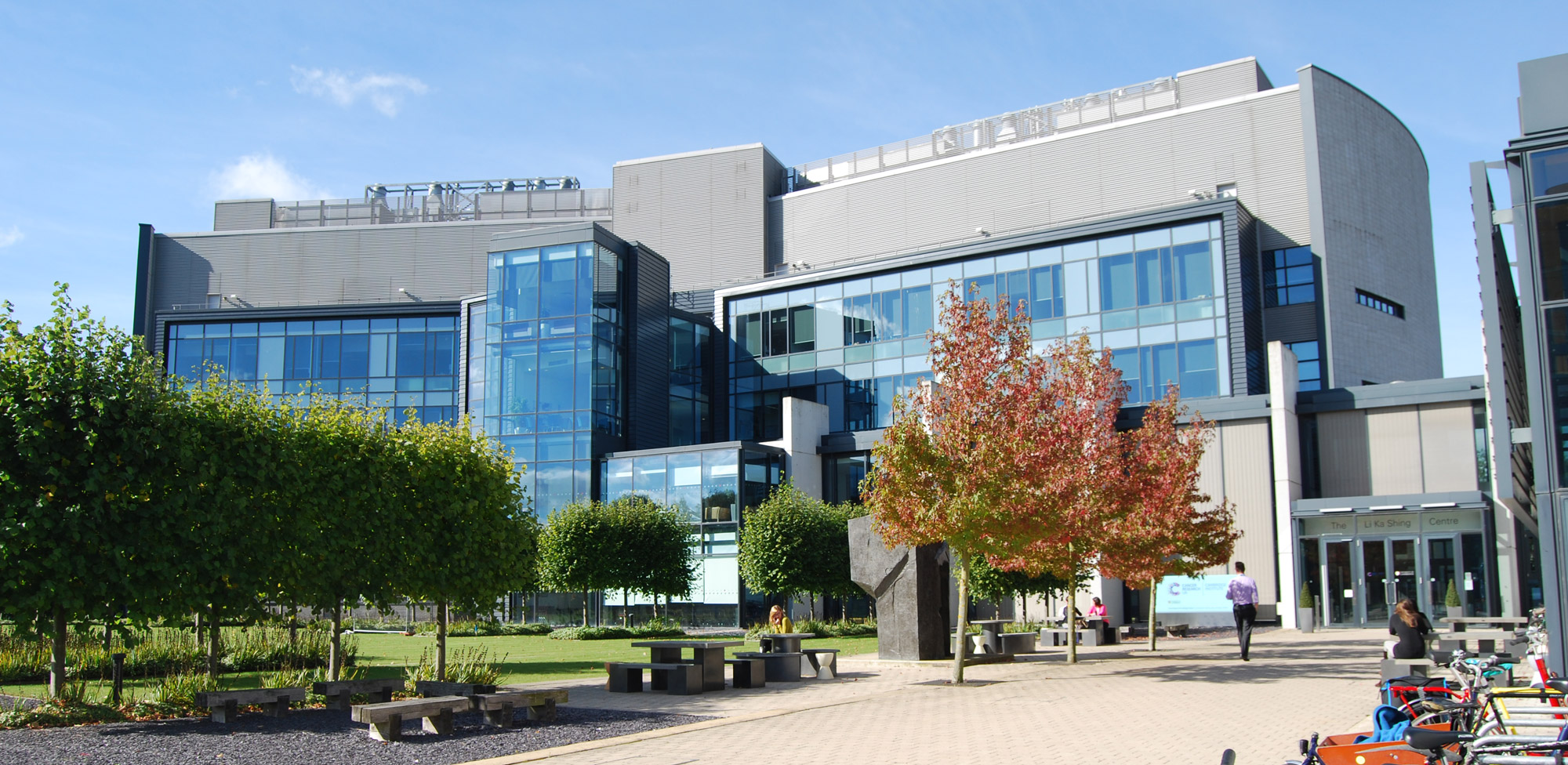Biological Resources Unit
Collaborators for the care and welfare of animals used for research.
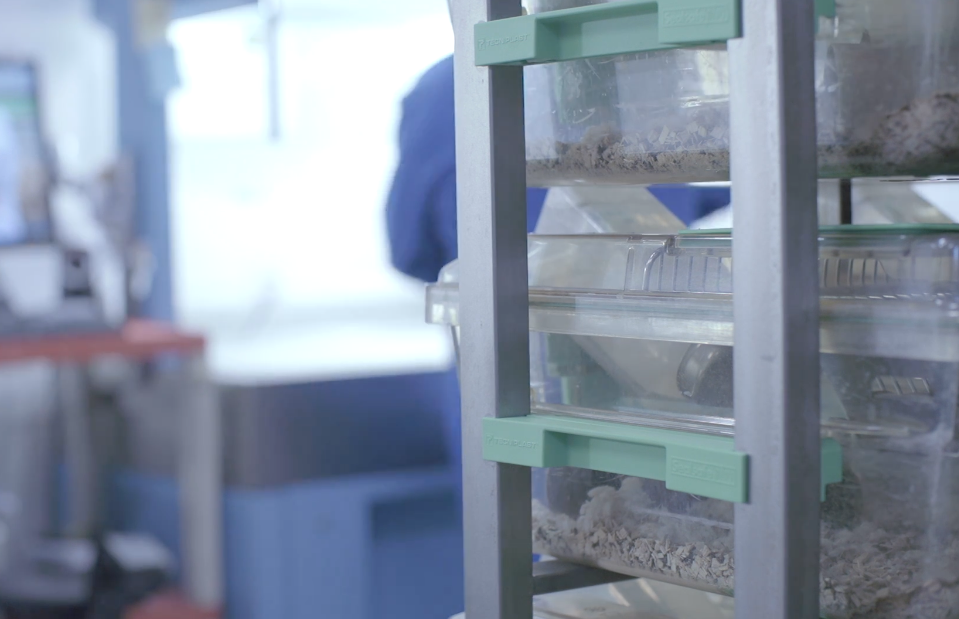
Most of the Institute’s research does not involve animals but what we learn from them is essential to our mission. Everything the Biological Resources Unit (BRU) does is for the care and welfare of animals involved in helping us understand, prevent and cure cancer.
We assist and perform many licensed procedures for research groups, as well as providing training to PhD students, post docs and other users. The work we carry out usually involves mice, and to a much smaller extent, rats. At all times we guide and train our scientists to ensure the highest levels of competency and animal welfare are maintained.
Beyond maintaining legal and ethical compliance in all our work, we strive to develop and maintain a Culture of Care. This way of working ensures that staff and those we train maintain compassion and care for animals involved in research both during and beyond their time at the Institute.

Brendan Doe
Head of Biological Resources (BRU)
More information
Related News
See all news-
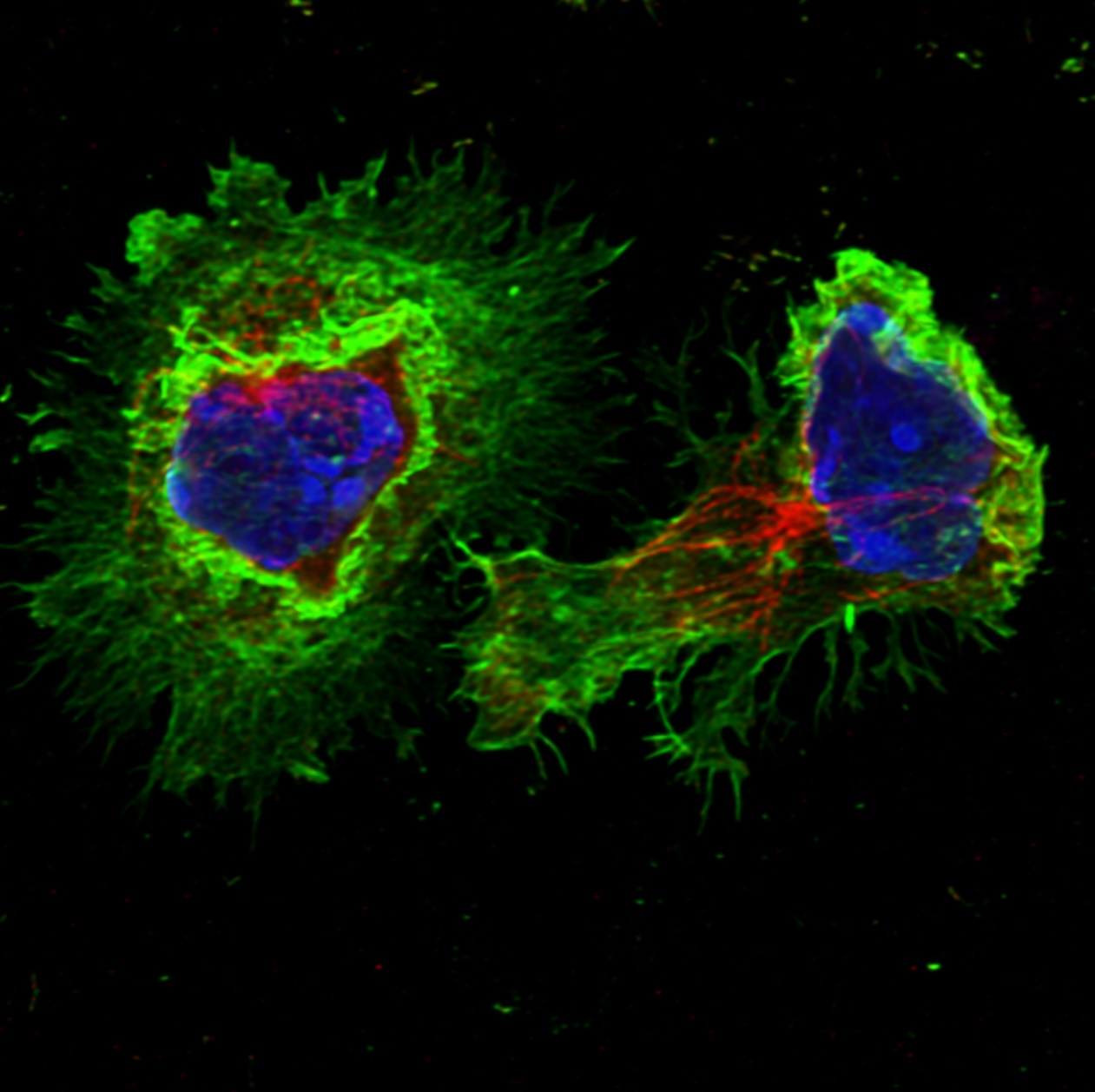
New clue discovered for why some cancer drugs fall short
11th July 2025
Hedgehog signalling plays a key role in controlling how immune cells migrate into tumours, a discovery that may explain why some cancer drugs have underperformed in clinical trials.
Read more -
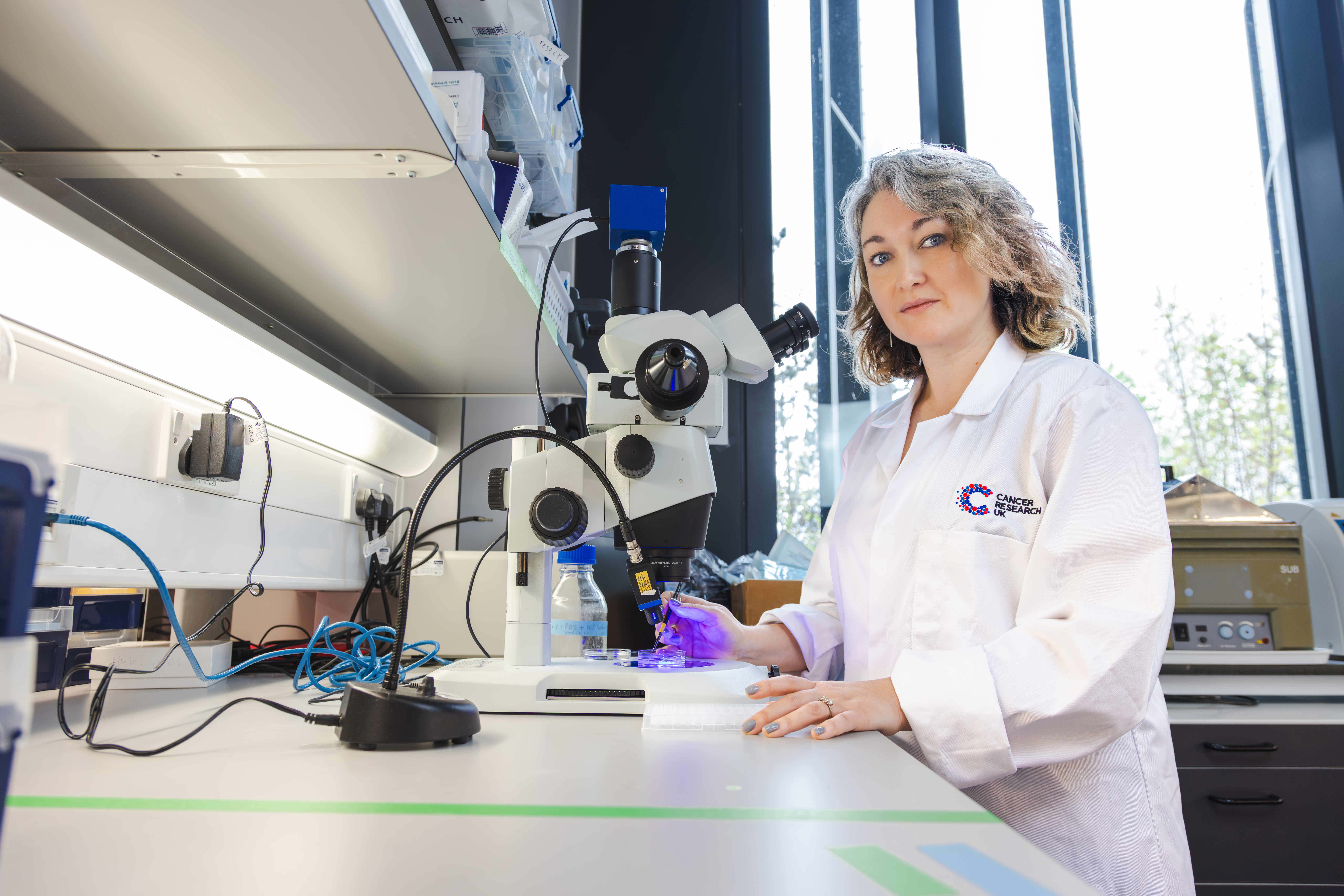
Study looks at radiotherapy to treat and diagnose children’s brain tumours and avoid invasive surgery
3rd April 2025
A world first Cancer Research UK study is looking at radiotherapy to treat and diagnose children’s brain tumours and avoid invasive surgery.
Find out more -

Tony Davidge Shortlisted for National Papin Award for Outreach
31st March 2025
Tony’s nomination recognises his longstanding commitment to openness around the use of animals in cancer research, and the crucial role this openness plays in fostering understanding and trust.
Read more

